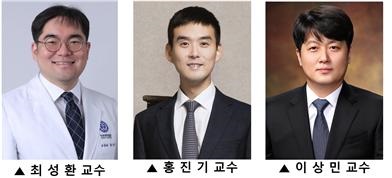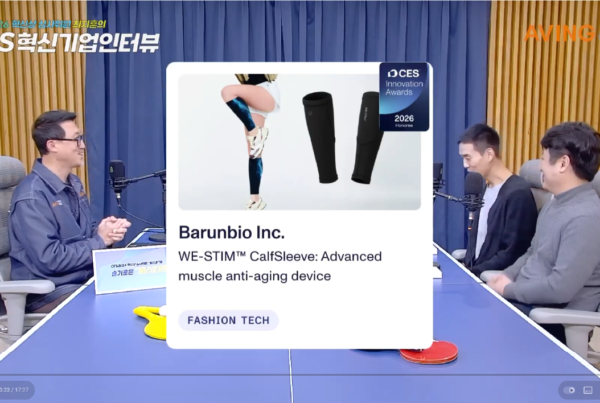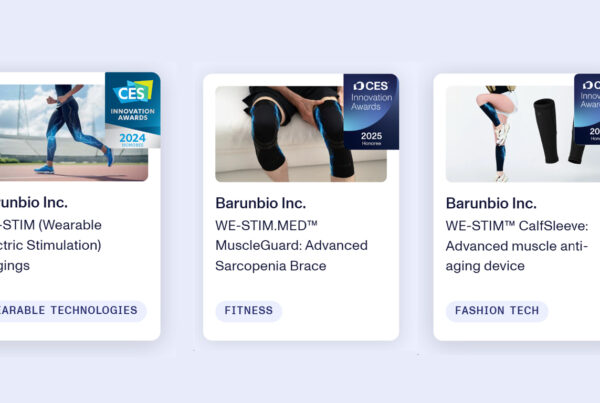– Output Formed in Electrical Stimulation Devices Delivers Uncompromised to Body Tissues, Regulating Cellular Functions
– Growth factors and proteins increase by over 20% compared to the control group.
– Genetic analysis reveals up to a 40% increase in the expression of gene markers involved in various cellular functions.
Although electrical stimulation technology has the advantage of being non-invasive and less burdensome for patients, especially in neurological treatments like brain therapy, it has been cumbersome due to the need for continuous electricity production from batteries or wires.
In this context, a technology has been developed to deliver electrical energy generated in everyday life, such as from smartphones, directly to cells.
A team of professors from Yonsei University, including Sung-Hwan Choi from the Department of Orthodontics at the College of Dentistry, Jin-Kee Hong from the Department of Chemical and Biomolecular Engineering at the College of Engineering, and Sang-Min Lee from the Department of Mechanical Engineering at Chung-Ang University, focused on the high dielectric constant of the human body in transmitting electromagnetic fields.

They developed a Body-mediated Energy Transfer System (BmET) capable of delivering everyday electrical energy to targeted areas of the body.
This was verified through Finite Element Analysis (FEA), ex-vivo experiments using complex tissues extracted from animal models like bone, muscle, and fat, and in-vitro experiments using osteoblasts.
The professor team secured the optimal electric field strength capable of stimulating cells, based on measurements from ex-vivo tests.
When applied to osteoblasts, they found that cell proliferation increased by about 20% due to electrical stimulation.
Growth factors and proteins also increased by more than 20% compared to the control group. A genetic analysis showed that the expression of gene markers involved in various cellular functions increased by up to 40%.
The team stated that this increase “indicates that the output formed in electrical stimulation devices is delivered without loss to body tissues, regulating cellular functions.”
Professor Choi Sung-Hwan commented, “Through this research, we have verified an electrical stimulation treatment mechanism mediated by the human body without separate devices. We expect that bioelectric stimulation can not only improve the treatment outcomes for patients needing neurological treatment and wound healing but also enhance patient convenience.”
The results of this study were published in the latest issue of ‘Advanced Functional Materials (IF 19.924)’, a top academic journal in the field of material engineering.
[Medical World News, Reporter Kim Young-Shin]
<Copyright © Medical World News, All rights reserved, Reproduction and redistribution prohibited>



